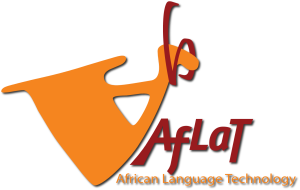Morpheme sequencing of the verbal element in Northern Sotho with emphasis on non-concord morphemes: A computational perspective
| Title | Morpheme sequencing of the verbal element in Northern Sotho with emphasis on non-concord morphemes: A computational perspective |
| Publication Type | Conference Paper |
| Year of Publication | 2007 |
| Authors | Anderson, Winston, and Kotzé Petronella M. |
| Booktitle | 14th International Conference of the African Language Association of Southern Africa |
| Date | 9-11 July 2007 |
| Location | Nelson Mandela Metropolitan University, Port Elizabeth, Eastern Cape Province, South Africa |
| Abstract | Tokenisation is a necessary pre-requisite for accurate morphological analysis of the disjunctively written verbal element in Northern Sotho. The verbal element may either be a main verb or an auxiliary word group. Apart from proper main verbs, copulatives can be distinguished as a separate group within the category main verb, even those copulatives which consist of a particle only. The verbal element contains an open class main verb stem (which could include relative, subjunctive and imperative verb stems) with complex tenses, moods or aspects. The verbal element also contains closed morpheme classes of subject concord, object concord, tense markers, aspect prefixes, potential marker, copulative prefix and negative markers and an extra open morpheme class variously called auxiliary verb stem, or deficient verb stem. The authors examine all sequences of morphemes in the verbal element from a computational tokenisation perspective, with particular emphasis on copulatives. Non-concord morphemes tend to occur in the same tokenisation slots, and often control directly or indirectly, the allowable set of associated consequent and subsequent morphemes. These morpheme sequences and the non-concord morphemes are examined in detail by the authors in the context of computational regular expressions involved in tokenisation. |
- Login to post comments
- Google Scholar


